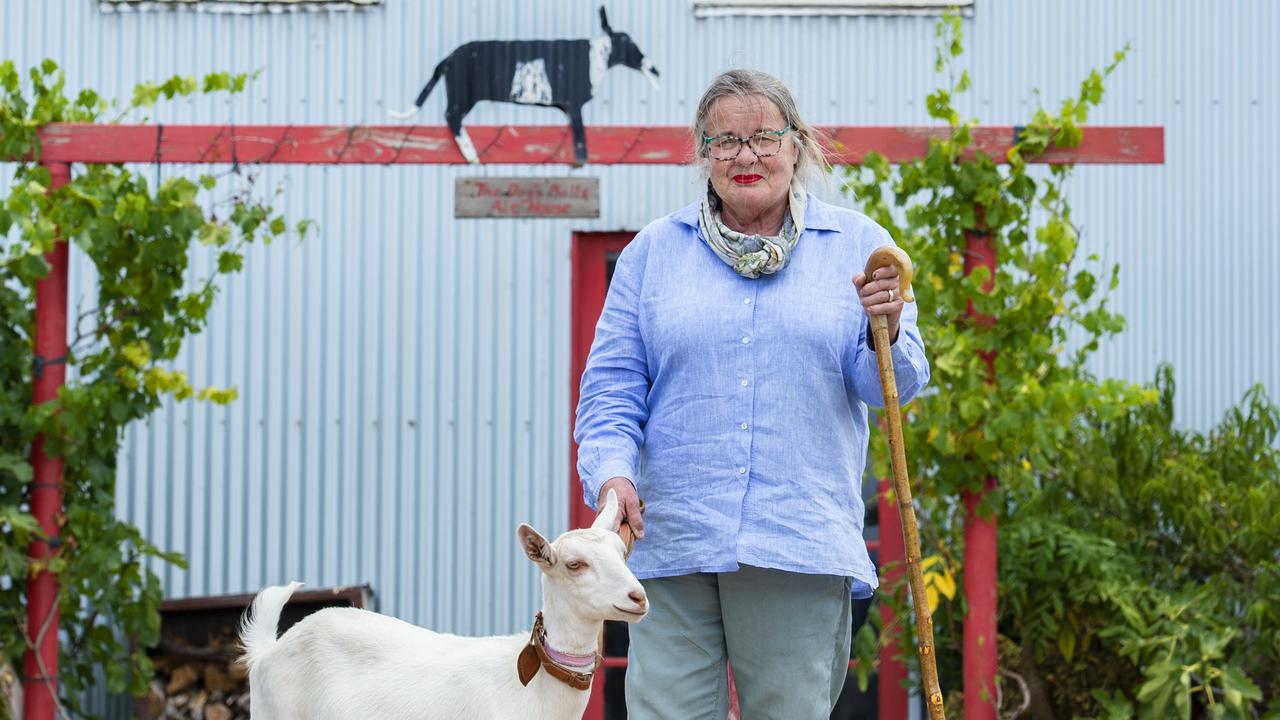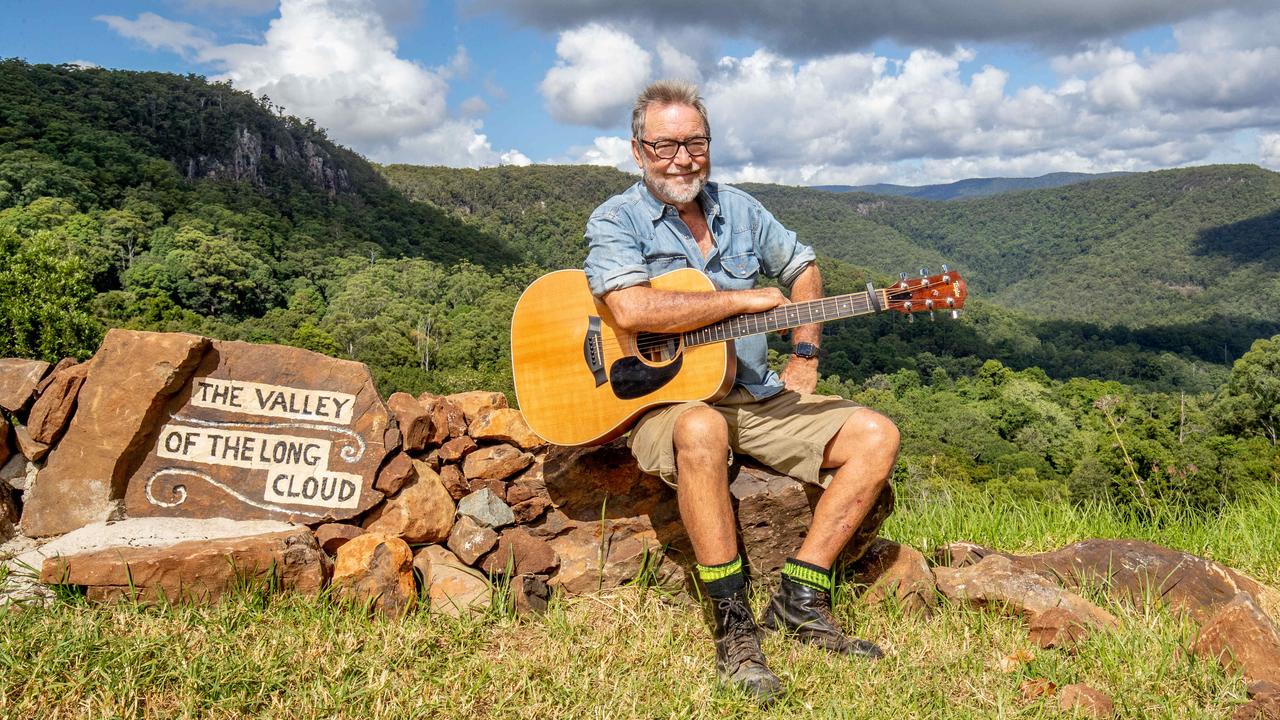Outback Graves pays tribute to Australia’s remote pastoral pioneers
Trevor Tough’s labour of love ensures lonely outback graves are not lost to the desert’s sands.
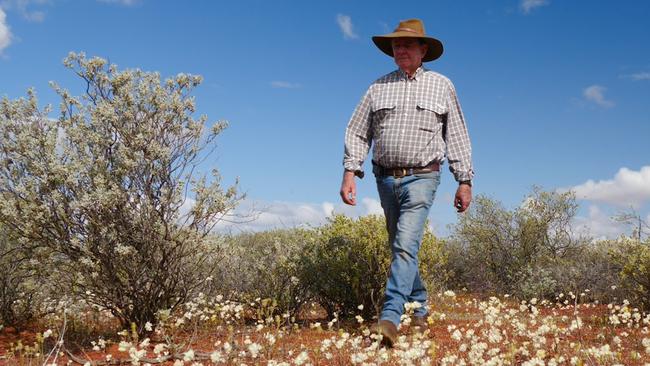
TO THE untrained eye, the Australian outback looks vast and deserted.
But when Trevor Tough travels the red interior, he sees a landscape bustling with pioneering characters, soul-stirring stories and ghosts of our farming past.
Six years ago Trevor and his school buddy, Alex Aitken, established the non-profit Outback Graves, to research and preserve unmarked graves in pastoral areas.
“This is our history, the stories of the pioneers is part of who we are, and if we don’t preserve it a lot of stories will disappear,” Trevor says.
MORE
STEAMING AHEAD WITH TRADITION AT ECHUCA
HOW A FAIR FOUND THE LOST TRADES
“Families have owned many of these stations for years and gradually they are being sold to big companies and the young managers have no idea of the past.
“We’re losing track of what has made us Australian, becoming too citified, too Americanised, and losing our identity.”
Since starting in 2014, Outback Graves has placed more than 650 permanent aluminium marker plaques on remote resting places, each burial individually researched, then engraved.
Given 72-year-old Trevor lives north of Perth, the volunteer-run project largely covers Western Australia’s Pilbara, goldfields and Kimberley regions, but will this year expand to South Australia, with hopes volunteers will offer their services in other states, too.
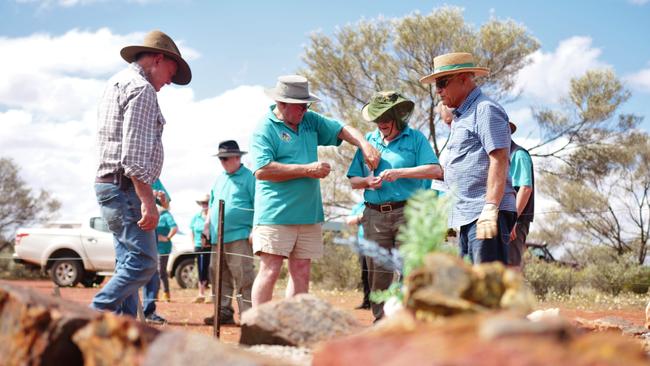
Outback Graves doesn’t work on town cemeteries, as local shires manage those, but old, abandoned and remote cemeteries are covered.
“Just recently we focused on an old cemetery in a mining area of the 1890s, and all but six of the 126 headstones had been washed away, so we put plaques up for about 120 of them,” Trevor says.
Much of Outback Graves’ work focuses on lonely graves.
“In the early years there was no refrigeration and no way of keeping a body and so if someone died in the outback they simply dug a hole and put them in it, or sometimes they just died with no one around, their bones on the ground.”
The oldest plaque they’ve erected was for a death in 1880, and the most recent is 2005, where the pastoral station requested a plaque.
Researchers in the Outback Graves’ team use a variety of resources to research graves, including property owners, local Aboriginal families, Trove, police and court records. But the most crucial resource has been a series of books written by West Australian couple Yvonne and Kevin Coates, called Lonely Graves, which details thousands of forgotten burials.
“A lot of it is also word of mouth,” Trevor says. “Once we visit one station and they have confidence in us, that we don’t get in the way of mustering or leave the gates open, then the neighbouring property will contact us about lonely graves on their land.”
Trevor and his wife, Suzie, travel at least twice a year to erect plaques, on average travelling about 9000km over five weeks.
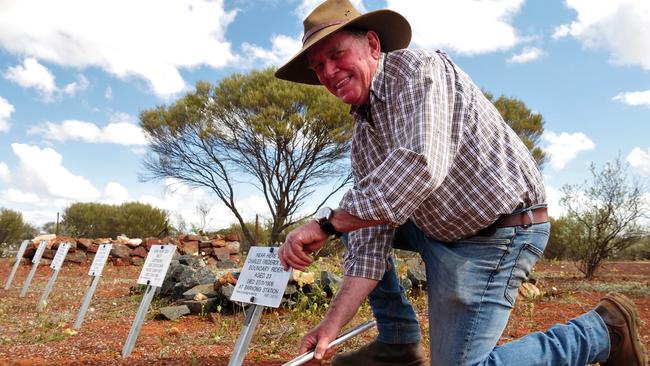
Each plaque has a name, occupation, age at death, how they died and the date they died. If the exact location of a burial is unknown the plaque will read “near here lies.”
For the first few years, Trevor and his small team engraved all the plaques, each taking up to 90 minutes.
But now, thanks to considerable financial support from five shires in the goldfields area of central Western Australia, they have recently been able to buy a $35,000 engraving machine and outsource large plaque orders to not-for-profit social enterprise Westcare.
“In Coolgardie there’s a cemetery that needs 2000 plaques, so having Westcare will help us take on big projects,” Trevor says, adding the public can make donations, with adopt-a-plaque costing $65 each.
All details of deaths and burials are uploaded to a detailed database on the Outback Graves website, so anyone can research their ancestors. It is leading to a growth in outback tourism.
“In one instance the family found out about one of their family members and came and put flowers on the grave.”
The group is overseen by a committee of 10, but about 50 volunteers have so far offered their services, including several WA four-wheel drive clubs. The group welcomes any volunteers, but they must be self-funded.
Trevor has spent the greater part of his life in the Kimberley. In his 20s he worked for the Department of Agriculture on beef breed research and feed trials, then later ran a shop in Kununurra, a motel in Broome, and a rent-a-car company in the north of the state. For two decades he was in the Army reserve.
“I initially had the idea of preserving the history of outback graves as a young fellow — I realised once the graves disappeared the stories would go also,” he says.
“Later I thought it would be a good excuse to get me out in the Kimberley and on to stations.”
But Outback Graves really took off when Trevor — by this time retired — had his 50-year school reunion and mentioned the concept to an old school buddy, Alex Aitken.
“Without missing a beat he said, ‘I’ll be in that’. So we sat down at the kitchen table and planned the whole project.”
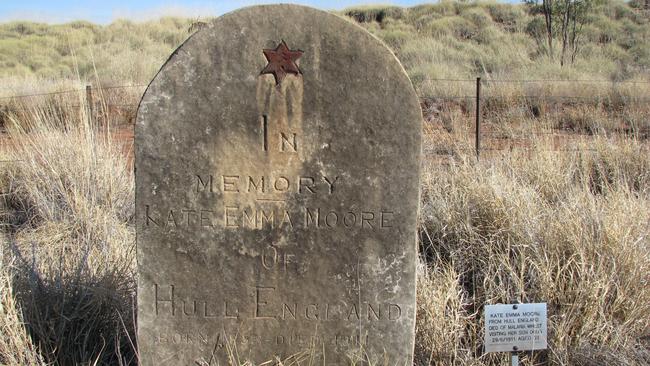
The grandfather of four says the stories they have unearthed are endlessly remarkable.
Indigenous leader Jinnacarli’s grave was built by the Coppin family, who own Yarrie Station.
One 1930s grave belongs to Charles Pite, who had received a telegram saying his father was ill. While trying to get to the ailing parent, Charles boarded a plane at Halls Creek, which crashed — yet he survived. But he was killed later that day in a second plane crash, aged 28.”
Then there’s the plaque that reads: “Near here lies Ellen Moher aged 34 died due to a beating and starvation by her husband 25/11/1885”.
Trevor tells the story of a woman, Kate Moore, who travelled from the UK to visit her son at Ord River Station, but died there in 1911.
“Imagine the journey she made and her courage to travel to Ord River from England, by ship to Fremantle, then another ship to Wyndham and some weeks in a horse drawn wagon to Ord River. Only to die there from malaria.”
He says there were many deaths from malaria and typhoid in the early 1900s, while there are murders and even suicides.
“I try not to let the sadness get me down, especially the little kids that died, such as house fires.
“I believe they all deserve to have their stories told.
“There is a responsibility on everyone to preserve the unique history of the outback and recognise those who went before.”

